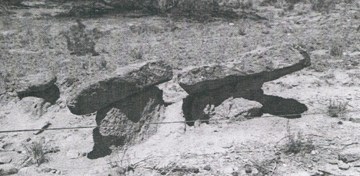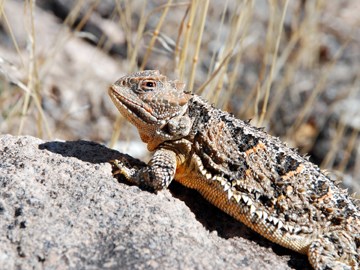
NPS files Read the entire Ecological Restoration Plan and Environmental Impact Statement History: Looking at the present landscape one might assume that sparse grass cover, high tree densities and large expanses of exposed, rapidly eroding soils are the natural state of these semi-arid woodlands. Historical data indicates there was formerly a good grass cover and the trees were more widely spaced prior to fire suppression and heavy sheep and cattle grazing beginning in the late 1800s and into the 1930s. Heavy grazing ultimately favored tree growth. Without grassy fuels, fire could no longer carry through savannas and meadow opening to thin out encroaching trees. Without a protective grass cover, intense summer thunderstorms generate runoff and erode exposed soils. Environmental conditions on these barren soil surfaces are extremely harsh, so it is difficult for shallow rooted grasses to successfully germinate. Those that do establish must compete with drought tolerant trees for increasingly limited soil moisture. These harsh conditions are part of the reason grass cover has not re-established on bare soils since livestock grazing ended in the 1930s. Researchers at Bandelier have measured soil erosion rates of nearly 2 inches a century, but rates are highly variable from year to year. In 100 years, some areas could lose all of their remaining soil. As the soil moves, cultural materials are scattered and lose their integrity. These areas are also an integral part of the history and culture of the Pueblo people who still have strong ties to this area. 
NPS Collection 
Photo by Sally King Management Action:
|
Last updated: April 2, 2024
